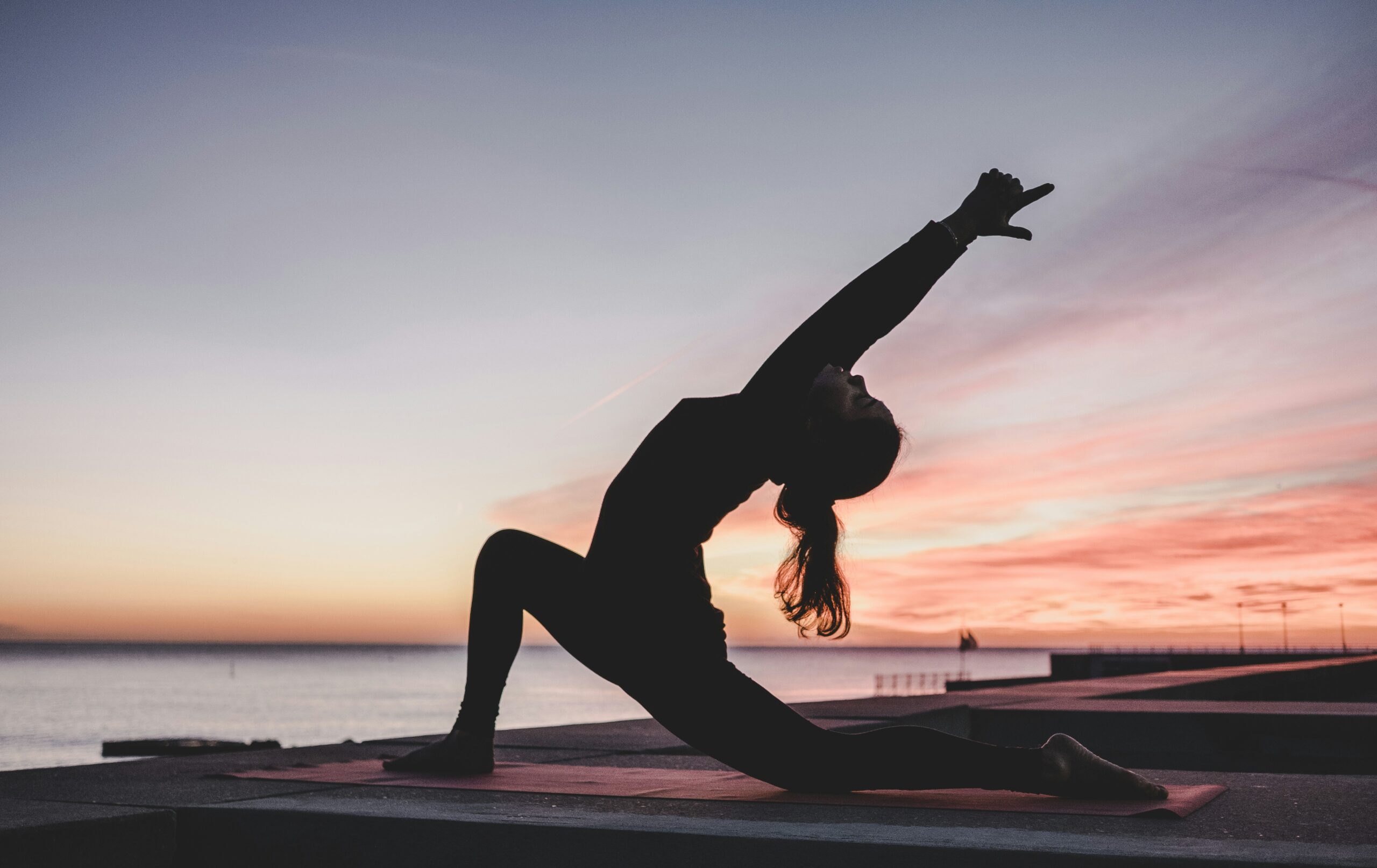Daily exercise acts as a medicine in diabetes primarily because exercise lowers blood sugar levels and secondly, because it increases insulin receptor sensitivity. Therefore, according to each individual’s exercise capacity and tolerance, this “medicine” should also be properly adjusted.
In long-term exercise that is not done daily, the daily insulin dose should be reduced by about 50% and the nighttime dose by 30%. This is because the effect of exercise on blood sugar lasts up to 16 hours after exercise. Examples are given below. Individuals who exercise daily experience less reduction in blood sugar during exercise. Approximately, expect a drop in blood sugar from 20-50mg/dl per hour of exercise. It is emphasized that these values vary from person to person. With a blood sugar level of 80-120 before exercise, take 2-4 carbohydrate units, and with a level of 120 to 160, take 1-2 carbohydrate units.
Exercise is prohibited with blood sugar levels above 240. In long-term exercise, cells remain sensitive to insulin for many hours afterward. Even nighttime hypoglycemia can occur. Frequent measurements are necessary, along with a reduction in nighttime insulin and intake of extra carbohydrates.
If you’re not experienced in adjusting your sugar levels during exercise, try taking one carbohydrate unit for every 30 minutes of exercise.
Examples for reducing insulin during short-term exercise: After breakfast, reduce the rapid insulin dose by 50%. You may also need to slightly reduce the lunchtime dose.
After lunch, reduce the rapid insulin dose by 50%.
In the afternoon, there’s no need for any reduction because enough time has passed since the previous insulin dose. You may need to eat something due to the action of long-lasting insulin.
After dinner, reduce rapid insulin by 30-40% and long-lasting insulin by 10-25%. Measure your sugar before sleep, and if needed, consume one or more units of carbohydrates according to your sugar level.
For all-day endurance exercise: Throughout the day, you may need up to 50-70% less rapid and long-lasting insulin. Reduce the dose from the previous night. After exercise at night, check your sugar and eat extra carbohydrates if needed. If you haven’t done such exercise before, measure at 3 AM. Even the next morning, reduce the dose slightly.

